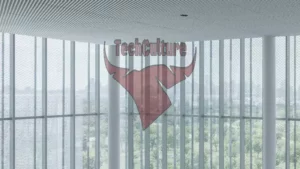Microsoft and OpenAI Revise Partnership, Allowing for Expanded Computing Access
In a significant shift, Microsoft and OpenAI have announced revisions to their partnership agreement, granting OpenAI the ability to access computing resources from Microsoft’s competitors. The updated terms introduce a right of first refusal (ROFR) for Microsoft on new capacity, while permitting OpenAI to build additional infrastructure primarily for research and model training purposes.
Despite these changes, the core aspects of the partnership remain intact. Microsoft retains exclusive rights to OpenAI’s technology for certain products, and OpenAI’s API continues to be exclusive to Microsoft’s Azure platform. The two companies also maintain their revenue-sharing agreement, with reports suggesting Microsoft receives 20% of OpenAI’s revenue.
This adjustment comes in the wake of a joint venture announcement involving Arm, Microsoft, Nvidia, Oracle, and OpenAI to create U.S.-based data centers named Starbase. The move reflects OpenAI’s growing need for extensive computing resources, necessitating partnerships beyond its primary collaboration with Microsoft.
The partnership revision follows a period of reported tension between the two companies, exacerbated by the temporary ousting of OpenAI CEO Sam Altman. Financial pressures and stability concerns have reportedly strained the relationship, with friction increasing between employees of both organizations. This tension was further heightened by Microsoft’s recent hiring of Inflection CEO Mustafa Suleyman and his team.
A notable aspect of the deal between OpenAI and Microsoft is a unique escape clause related to the development of artificial general intelligence (AGI). This provision could potentially allow OpenAI to restrict Microsoft’s access to certain powerful models if AGI is achieved. Initially intended to prevent the commercialization of advanced AI, reports suggest OpenAI is considering removing this clause to secure additional funding from Microsoft.
As the AI landscape continues to evolve rapidly, this partnership adjustment underscores the dynamic nature of collaborations in the tech industry and the ongoing race for computing resources in AI development.




